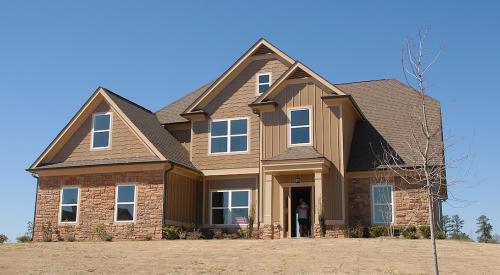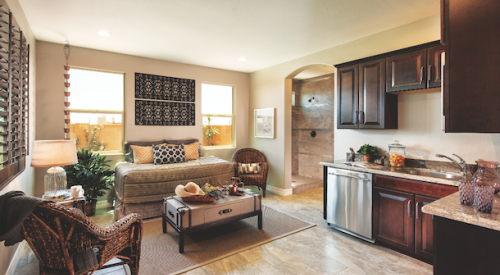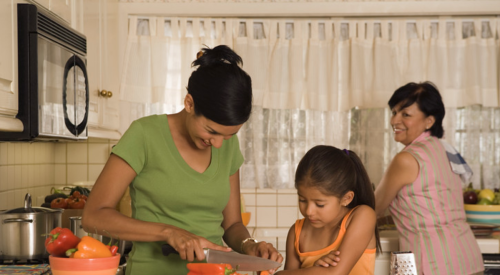Not long ago, many households across the country had three or more generations living under the same roof. It wasn’t until the post World War II baby boom that families began to split up and form separate households.
In 2006 the multigenerational share of households was down to 2.6 percent. Then, thanks to the Great Recession throwing the country into tough economic times, more extended families began living together again, and the numbers increased dramatically, reaching a peak of 3.3 percent in 2011 and 2012, and have remained high at 3.2 percent in 2015.
Farming and agriculture seem to go hand in hand with multigenerational living as farming communities and metros that have a large share of residents that work in agriculture had the highest proportions of multigenerational households.
Multigenerational households also tend to have higher combined incomes than smaller households, but they have lower income per capita. The same can be said about bedrooms, as multigenerational households tend to live in homes with less than one bedroom per person.












